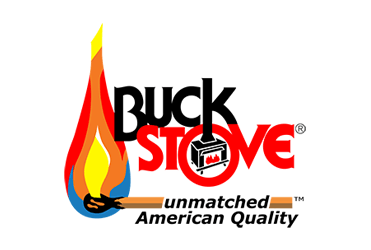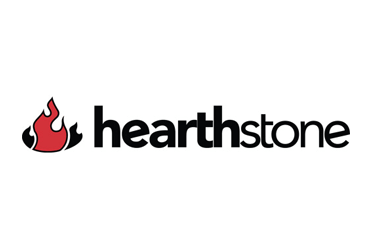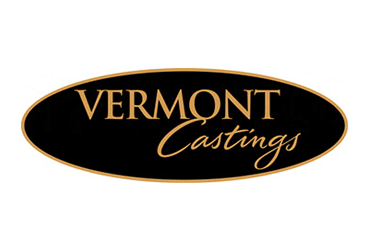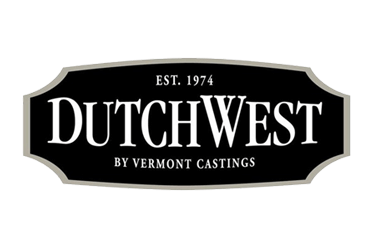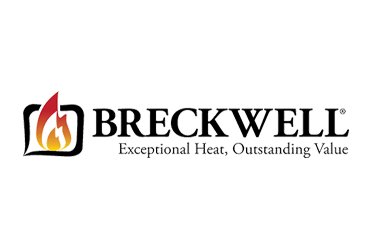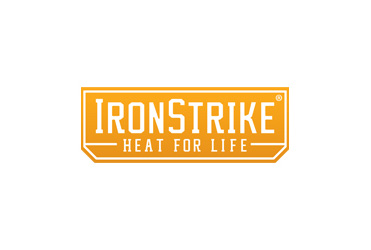Stoves
Indoor & Outdoor Stoves for Topeka & Lawrence
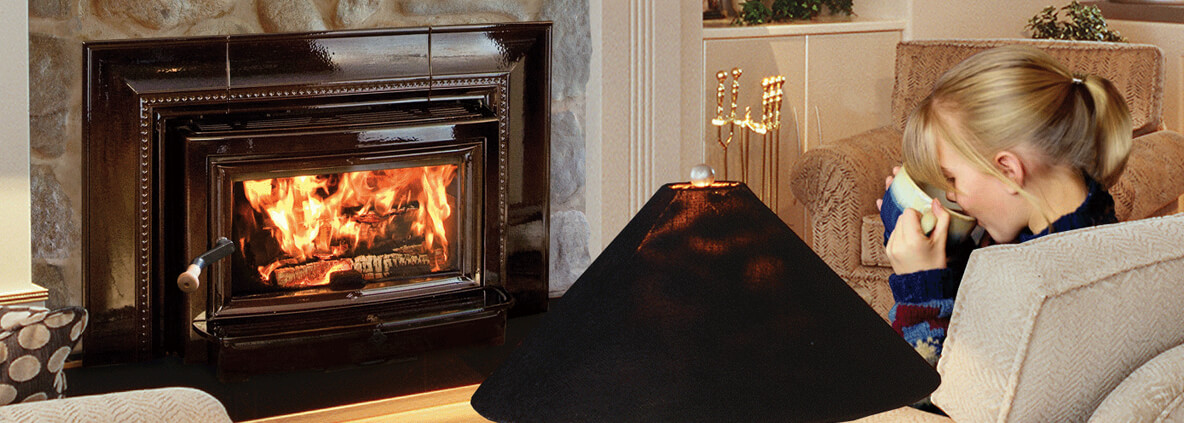
Enjoy Warmth With Our Premium Stoves
Keep warm with our selection of quality indoor and outdoor stoves. We not only carry the top brand stoves on the market, we also install, service, and repair them too. Since 1990, we have been the trusted name in stoves in the NE Kansas area.
Our stove services include:
- Wood
- Gas
- Pellet
- Coal
- Multi fuel (corn sales, service, and installation)
Wood Stoves
A wood-burning stove is a heating appliance capable of burning wood fuel. Generally these appliances are made of solid metal (usually cast iron or steel) or soapstone.
Metal stoves are ideal for periodic heating needs; the appliance will heat rapidly, heating the home for as long as fuel is added, then the appliance will cool very quickly when fuel is no longer present.
Soapstone appliances are better for constant heating needs; the appliance will take longer to heat initially, but once heated, when fuel is no longer present, the appliance will retain heat for a very long period of time.
Some stoves are equipped with a catalyst, which allows the gases that would normally escape to be re-burned in the fire chamber, making it a much more efficient appliance and minimizing creosote build-up and air pollution.
The appliance will need to be connected to a suitable chimney or flue, allowing hot combustion gases to be drawn from the fire chamber and up the chimney, exiting the home.
Gas Stoves
Gas-fired stoves are serious heating units, subject to stringent efficiency standards. Aside from its convenience, gas is also a reliable choice for areas where power outages are common. Gas stoves are equipped with a pilot light (a constant, tiny flame used to ignite the main burner) and require no household current for operation, so gas appliances remain a working heat source during a power failure. If the pilot light ever goes out, a safety switch automatically shuts off the gas supply.
For ultimate convenience, gas stoves are thermostatically controlled, so the heat is completely adjustable. You set the temperature with controls on the unit or with a wall thermostat. The heat is steady and consistent like a furnace. Several units feature built-in fans to help distribute the heated air. You can accessorize your stove with a remote control, allowing you to operate your stove from the recliner.
Pellet Stoves
A pellet stove burns compressed wood or biomass pellets to create a source of heat for the home and sometimes industrial spaces. By slowly feeding fuel from a storage container, or “hopper,” into a burn pot area, they create a constant flame that requires little to no physical adjustments.
Coal Stoves
Coal stoves are easy to use and require minimal maintenance. Coal stoves can be controlled with a thermostat, unlike wood or pellet stoves that reach extreme temperatures. Coal stoves are most noted for their ability to provide a warm and steady heat for a prolonged period of time. Coal is the most efficient fuel source available. Coal stoves do not produce creosote and are not as hot to the touch as wood stoves, making them safer to burn in living areas. Coal is very cost effective and efficient.
Coal can also be used as a supplemental heat source. Coal is in abundant supply and is 100% American. You can also use a coal stove to supplement your existing heating system and to reduce your heating costs.
Corn Stoves
A corn stove is a heater that uses local, renewable, whole kernel shelled corn, wood pellets or biomass as fuel. Local, renewable, whole kernel shelled corn is supplied by two million local farmers in the USA. Properly installed corn stoves can reduce home heating costs by up to 80%. A corn stove can burn biomass fuel of any type that the auger will feed such as wood pellets, soy beans, cherry seeds, orange seeds, or screened wood chips. In the event of a malfunction, corn as a fuel will self extinguish in less than 60 seconds. Other biomass fuels, like wood, will continue to burn until all the fuel is gone. A small amount of biomass or wood pellet stoves will burn corn or a corn pellet mix.
Chimneys
A chimney is a passage through which smoke and combustion gases pass out of a building or residence. A chimney may be made of masonry such as brick, stone, or concrete block. A chimney may also be lined with clay flue tiles, asbestos-cement transite pipe, cement, metal, or flexible stainless steel.
Class A all fuel chimney for wood stove:
Class A chimneys are constructed of double walled stainless steel (usually) and include an insulating material between the two metal layers.
Type L vent for Pellet, Corn, and Biomass:
Type L-Vents, double-walled metal chimneys for venting heating appliances not only for fire safety but also because the insulation provided by the doubled walls improves draft – an important safety requirement when venting appliances. Type L-vent is listed for use with modern high-efficiency oil or gas fired appliances. Type L-vent is not listed for use with coal or wood burning appliances.
Direct vent for gas stove & fireplace:
Direct Vent pipe is two pipes in one. A smaller exhaust pipe on the inside of a larger combustion air intake pipe. Combustion air is preheated through contact with the hot inner exhaust pipe, resulting in increased efficiency. Unlike older gas stoves and fireplaces that required a vertical vent pipe or chimney through the roof, Direct Vent models can simply be vented out an outside wall. Most direct vent appliances, however, need some vertical rise in the vent pipe for proper operation.
Type “B” vent for gas fireplace, hot water heater, and furnaces:
Type B- gas vent pipes are permitted for venting gas-fired appliances. A Type B-vent pipe is intended for relatively low-heat applications. Type B-vent pipes are double-walled metal chimneys/flues and can be used only with listed, draft-hood equipped gas appliances. Type B-vent pipes are not intended for use with appliances burning anything other than LP or natural gas.
Stainless Steel Re-line for masonry chimney:
Stainless Steel rigid pipe is often the best material to use when the chimney run is straight. Rigid pipe is quite a bit thicker than flex pipe and the smoother interior wall will help with draft and cut down on soot and creosote formation.
Stainless Steel Flexible pipe:
Stainless Steel flexible pipes are available in various grades and thicknesses and can make relining relatively easy since it is often pulled down in one piece. It is easier to snake around bends and can even be slightly flattened (ovalized) to fit through difficult spots like dampers, etc.


